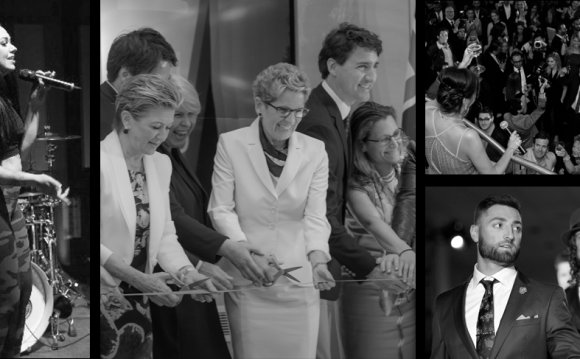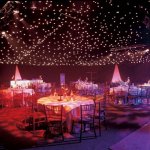
 Companies and non-profit organizations host events to promote an idea, a cause, or a project that is important to the organization and its target audience. Events can range from educational seminars and networking gatherings to celebrations and elaborate galas for fundraising. Whatever your purpose for hosting an event, be sure to include public relations early in your event planning. Here’s why PR should be a tool in the event planner’s pocket.
Companies and non-profit organizations host events to promote an idea, a cause, or a project that is important to the organization and its target audience. Events can range from educational seminars and networking gatherings to celebrations and elaborate galas for fundraising. Whatever your purpose for hosting an event, be sure to include public relations early in your event planning. Here’s why PR should be a tool in the event planner’s pocket.
Public relations – through traditional and new channels – can effectively generate ticket sales and attendance, secure sponsors and advertisers, create a buzz of excitement and public awareness, and encourage media to attend and/or cover the event. Before you launch a PR blitz though, think about your goals and objectives for the event and the target audiences you want to reach. Keep them in mind as you outline your strategy and tactical activities for achieving them.
- Develop a PR plan around the event. Outline the strategies and channels for communications, key messages to convey to the various target audiences, and a schedule of deliverables, deadlines and responsibilities. The PR plan should include several channels, including media outreach, social media, e-mail marketing, and web site updates.
- Messages should be tailored for each channel. LinkedIn, Facebook, and Twitter are perfect outlets for posting daily teasers to get customers, friends, and followers interested in an event. E-mail blasts are useful to reach a large audience for a “Save the Date” reminder, event specifics, and reasons to attend. A media advisory could be used to generate broader interest and encourage press to attend, and including photos from similar previous events can also show the press what your event will be like. Social media should be used to build followers and drive people to ‘like’ your company’s page by posting photos and video content after the event.
- Plan your work and work your plan. A schedule with clearly defined roles and responsibilities keeps the PR push organized. A status report during the event – and a debrief post-event – can help track and document your efforts for future use.
- Know your target audience. Identify the press most likely to attend and cover the event, and pitch appropriately. Include local, business, and vertical media, as well as “party press” if your event features high-profile names, celebrities, or politicians. Remember to hire a photographer, if the event warrants one. Television and radio outlets should be contacted early on the day of the event, as assignments are prioritized and determined early in the day. Also, don’t forget to post event details to the calendars of publications and websites. Most are free calendar listings.
- Start as early as possible. Start PR outreach early, ideally when the date and venue for the event are secured. The writers and photographers who attend local galas and charity events have packed schedules that fill up well in advance. Get on their radar early to secure their interest and attendance. Early outreach also helps with filling seats and securing sponsorships with a healthy lead time for logistics planning.
- Have a hook. Every event has competition on our busy calendars, so it is important to plan ahead. Focus on the benefits your event has to offer and give people (including the media) a reason to attend. For educational seminars, highlight the Continuing Education Unit (CEUs) that guests will earn by attending. Celebrities and famous names are a big draw for fundraisers, and help secure coverage by the party press in glossy magazines and newspapers.














